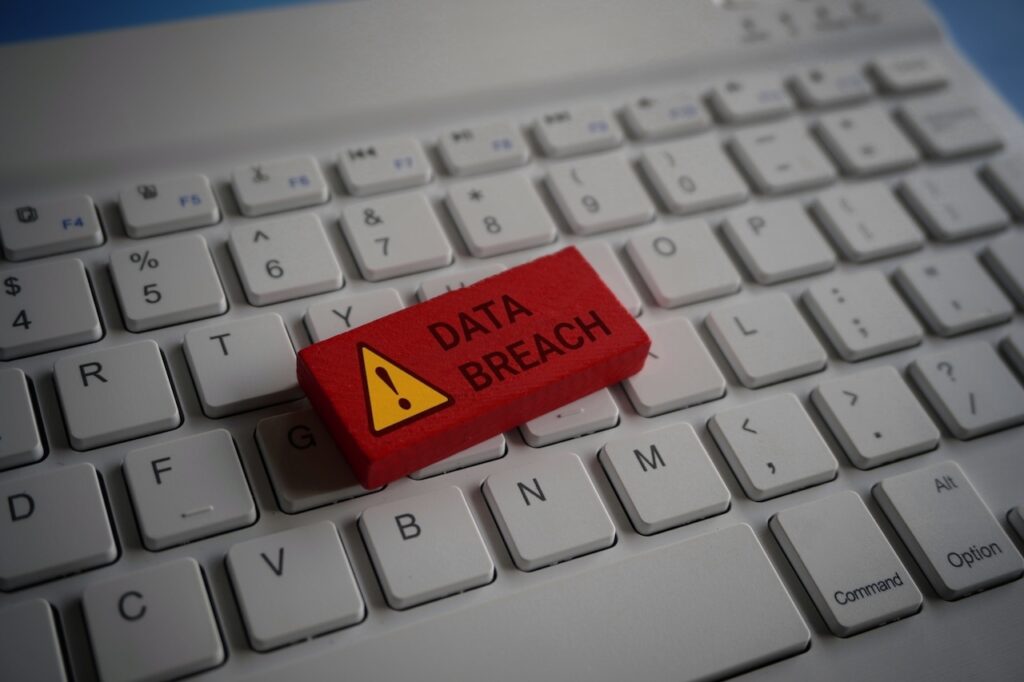Facing a data breach can be a daunting and stressful experience for any organization. It not only puts sensitive information at risk, but it also damages the reputation of the company. Additionally, there are potential costly legal consequences, loss of customers, and damage to the overall operations. It’s disorienting, overwhelming, and potentially devastating for your business.
If you’ve experienced this digital nightmare, you’re far from alone; cyberattacks are increasingly targeting small businesses. Fortunately, there are cybersecurity tips that can help you mitigate the damage and ensure a quick recovery.
Our Top Cybersecurity Tips
Let’s go through the most essential cybersecurity tips to recover effectively after facing a data breach:
1. Act Quickly to Contain the Breach
The first step in dealing with a data breach is to contain it. The faster you can isolate the affected systems, the less damage the breach can cause. Disconnect compromised devices from your network to prevent further unauthorized access. End any ongoing data exchanges to ensure that no additional information is being sent or received on compromised channels.
This immediate action minimizes the potential spread of malicious software and protects sensitive data from being further exposed, which can significantly reduce the breach’s impact on your organization. Depending on the severity of the breach, you may also want to consider temporarily shutting down your systems until you can ensure their safety.
2. Assess the Scope of the Breach
After containing the breach, the next priority for your IT team and any external cybersecurity partners is to assess its scope to understand what was compromised. Understanding if personally identifiable information (PII), financial records, or proprietary business data were accessed is essential for gauging the impact on your business.
Immediate investigation by IT and cybersecurity experts is vital for efficient recovery and future prevention. Professional insight on how the breach occurred and what was compromised can provide you with essential cybersecurity tips and advice, assisting as you prioritize response efforts, allocate resources effectively, and determine necessary notifications for affected parties.
3. Notify All Affected Parties
Once you understand the breach’s scope, notify all affected parties promptly. Transparency is key to maintaining trust and meeting legal obligations. Different jurisdictions may have specific requirements, so familiarize yourself with relevant regulations, such as GDPR or CCPA, to ensure compliance.
Your notification should include clear information about the breach and its potential impact. Explain what data was compromised, how it might affect individuals, and steps being taken to address the issue. Providing guidance on mitigating risks, such as changing passwords or monitoring accounts, empowers affected parties to protect themselves and helps rebuild trust.
4. Fix Vulnerabilities
Identifying and fixing vulnerabilities that led to the data breach is essential to prevent recurrence. Conduct a thorough investigation to understand how the breach occurred, whether through weak passwords, outdated software, or phishing attacks. Addressing these vulnerabilities strengthens your organization’s defenses and helps prevent future incidents.
In addition to cleaning any infected systems, implementing corrective actions may involve updating software, enhancing firewall settings, or improving employee training programs. Consider conducting regular security audits and implementing continuous monitoring and testing to help identify potential weaknesses before they can be exploited by bad actors in the future.
5. Improve Employee Training
Improving employee training is an effective way to prevent future data breaches, as human error often plays a significant role in security incidents. Educating employees about cybersecurity best practices empowers them to recognize and respond to potential threats, plus it creates a culture of security awareness that benefits your entire organization.
Implement regular training sessions covering topics such as phishing awareness, password management, and safe browsing habits. One of our favorite cybersecurity tips is to consider gamifying training to make it engaging and memorable. Interactive exercises and simulations help reinforce learning and boost participation.
6. Conduct a Post-breach Review
After addressing immediate concerns, conduct a thorough post-breach review to evaluate your response efforts. Assess the effectiveness of containment, notification, and remediation processes, and gather feedback from employees involved in the response to gain insights into their experiences.
A comprehensive review ensures your organization learns from the experience and enhances its preparedness. Use findings from the review to update your cybersecurity policies and procedures, and document your findings. Comprehensive records can assist in refining response plans and identifying areas for improvement.
Partner with US Resources
In the aftermath of a data breach, implementing these cybersecurity tips can go a long way to help your organization recover quickly and minimize damage—and partnering with experienced cybersecurity professionals like US Resources can provide invaluable support throughout the entire process.
Partnering with a trusted managed service provider offers peace of mind during challenging times. More importantly, having effective cybersecurity measures already in place helps prevent data breaches from occurring at all. US Resources can help your organization protect against, respond to, and recover from data breaches. Contact us today to get started.


